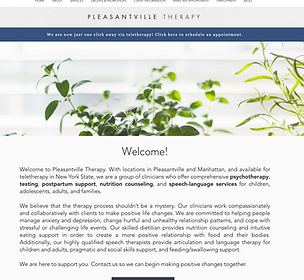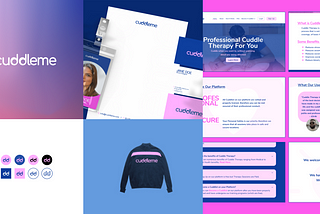
The task of designing a website for a private practice is an important one, and it’s essential to understand the unique needs of the speciality before proceeding. Therapists of all stripes need to have an online presence to attract new clients and promote their services – but it all starts with havingprivate practice website design looks professional, but also speaks to the needs of potential patients. Here are some tips on how to create a therapeutic website design that balances aesthetics with functionality.
Understand The Needs Of Your Patients
To create a successful therapeutic website design, you must first understand who your target audience is. Patients come from diverse backgrounds, and may have different expectations when it comes to how they want to access health care. Think about what your patient base needs, whether it’s the ability to schedule appointments online, or links to helpful articles and resources they can use to better understand their condition.
Make Content Engaging, Accessible & Informative
Your content should be designed with your patient in mind. It should be easy to read, accessible for those with disabilities, and interesting enough to keep readers engaged. All of the pages should include helpful information that answers questions patients might have. You should also avoid using language that could confuse or scare away potential patients.

Including photos and videos can also be effective in making content more engaging and can help to break up large chunks of text. Videos are particularly valuable as they allow viewers to connect with the therapist on a more personal level.
Simplify Navigation With A Clear Structure
When designing a website for a private practice, navigation should be kept simple and structured. Make sure each page has a logical order, and that links lead to relevant sections. Good navigation should also be intuitive, so that visitors know where to find the information they are looking for right away. A search bar at the top of the page can also help to improve usability.
Encourage Interaction & Communication
A therapeutic website should also encourage engagement between the therapist and the patient. This can be achieved by including contact forms, interactive maps, or chatbots that allow patients to communicate online. Adding a blog section allows therapists to share useful insights and resources, and encourages readers to participate in discussions in the comment section.
Focus On SEO & Performance
Search engine optimization (SEO) is essential if you want your website to be found. Include keywords on the page titles, meta descriptions, and page content. Make sure your website loads quickly by compressing images, reducing auto-play features, and minimizing plugins. Page caching is also important, as it can reduce loading times and boost performance.
Create An Effective Online Presence Today
Designing an effective website for a private practice requires time, effort, and knowledge. But a well-crafted therapeutic website design is essential for any practice that wants to create an effective online presence and attract new patients. With the tips outlined here, you can be on your way to creating a professional, engaging website today!














